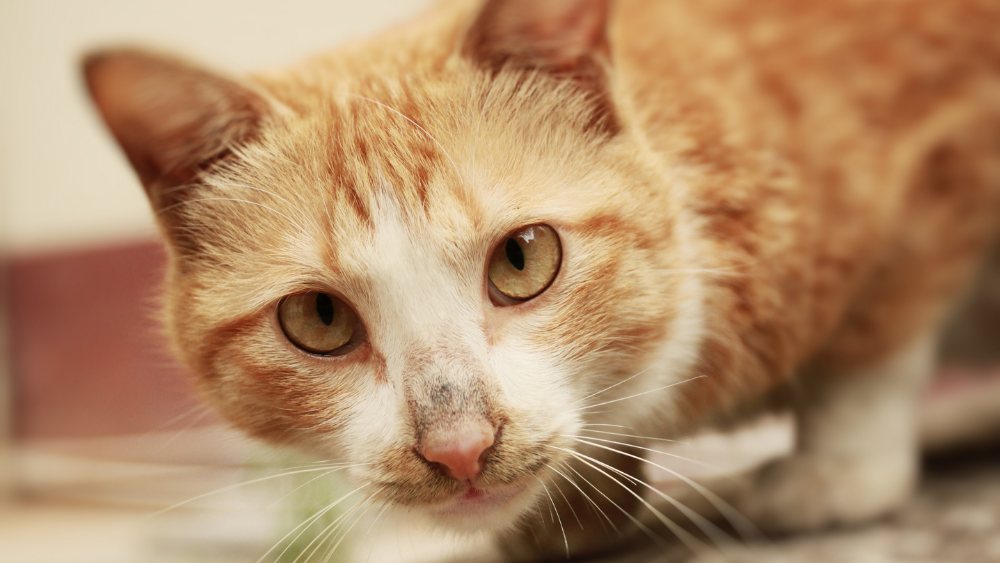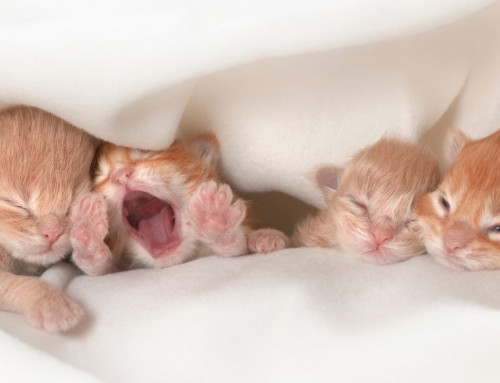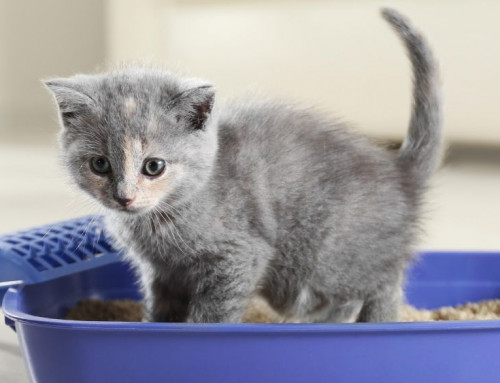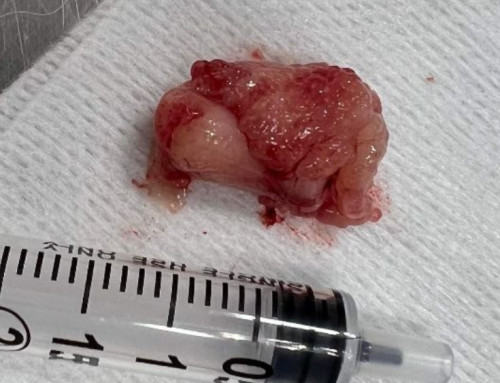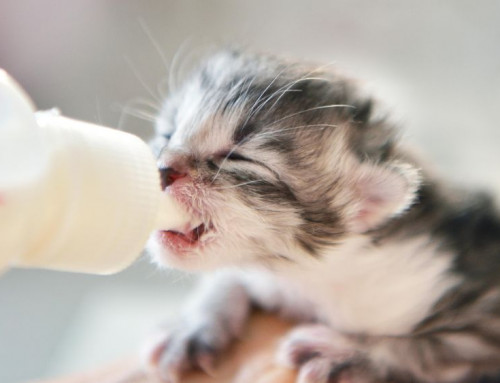Share this resource or email it to a friend!
The term “feral” should only be used to refer to a cat who is too scared of people (unsocialized) to be handled or adopted into a home.
Feral cats are typically born outdoors. They may be the offspring of feral cats; they may be the offspring of lost and abandoned pet cats who aren’t spayed/neutered. Through prolonged lack of human contact, former pet cats become afraid of people and “teach” their kittens to fear people as well.
People who bring scared outdoor kittens and cats to shelters often incorrectly label them as feral. A cat labeled as feral may be euthanized if the shelter doesn’t have a Trap-Neuter-Return (TNR) program or work with an organization with a TNR program.
TNR involves humane trapping, spaying or neutering, vaccinating, ear-tipping (the universal sign of a sterilized cat), and returning healthy cats to their outdoor home, where, ideally, a caretaker provides food, shelter and medical care and traps newcomers.
There are several advantages to TNR combined with continued care and management: spayed female cats will no longer reproduce, which takes a toll on their health; nuisance behaviors will be reduced or eliminated because neutered male cats will no longer wander as far or yowl and fight over females in heat; neutered male cats may not spray as much to mark their territory, and their urine won’t stink because it’s testosterone that imparts that foul odor to their urine; and kittens won’t be born to live short lives.
With TNR, if young kittens are trapped, socialized and adopted and lost and abandoned pet cats are trapped, rehomed or adopted, the number of cats outdoors will immediately be reduced. Over time, with properly conducted TNR and management of feral cat colonies, the numbers of feral cats will be decreased or reduced to zero.
In the “old” days, TNR was opposed by many people and organizations. One of the reasons cited was that the cats lived miserable lives. Feral cats without caretakers often live hard lives, and their kittens suffer a 75% mortality rate. Over the years, studies have shown that TNRed cats can live long and healthy lives.
Today, many shelters, rescue groups and national organizations – including The Humane Society of the United States, ASPCA, American Association of Feline Practitioners, American Veterinary Medical Association and others – support TNR as opposed to trapping and euthanizing feral cats. Decades of euthanizing feral cats has not reduced their numbers or improved their quality of life. In today’s more humane world such practices are increasingly opposed.
In addition to the word “feral,” the word “wild” is often used to refer to feral cats. Like our pet cats, feral cats are domesticated cats. They are not wild cats. The difference between feral and pet cats is their degree of socialization. With TNR, feral kittens within the primary socialization period (2-7 weeks of age) are ideally trapped and socialized in a home by a foster in preparation for adoption into a forever home. Older kittens may also benefit from socialization and become suitable for adoption.
The word “wild” is also used to refer to the place to which TNRed feral cats are returned, as in “returned to the wild.” Feral cats are not “returned to the wild.” In most circumstances, feral cats congregate in groups, known as colonies, where food and shelter are available. Such places are generally behind supermarkets and restaurants, near dumpsters, under porches and where people live and work. When the cats are discovered, kind-hearted people may also provide additional food and shelter. With TNR, the cats are returned to these outdoor homes if they are not in imminent danger (e.g, a building is being demolished).
We may not be able to help every animal everywhere, but we can make our corner of the world better for kittens and cats. We do this by directly helping animals and/or supporting the efforts of shelters, rescues and other organizations that do the important lifesaving work.

